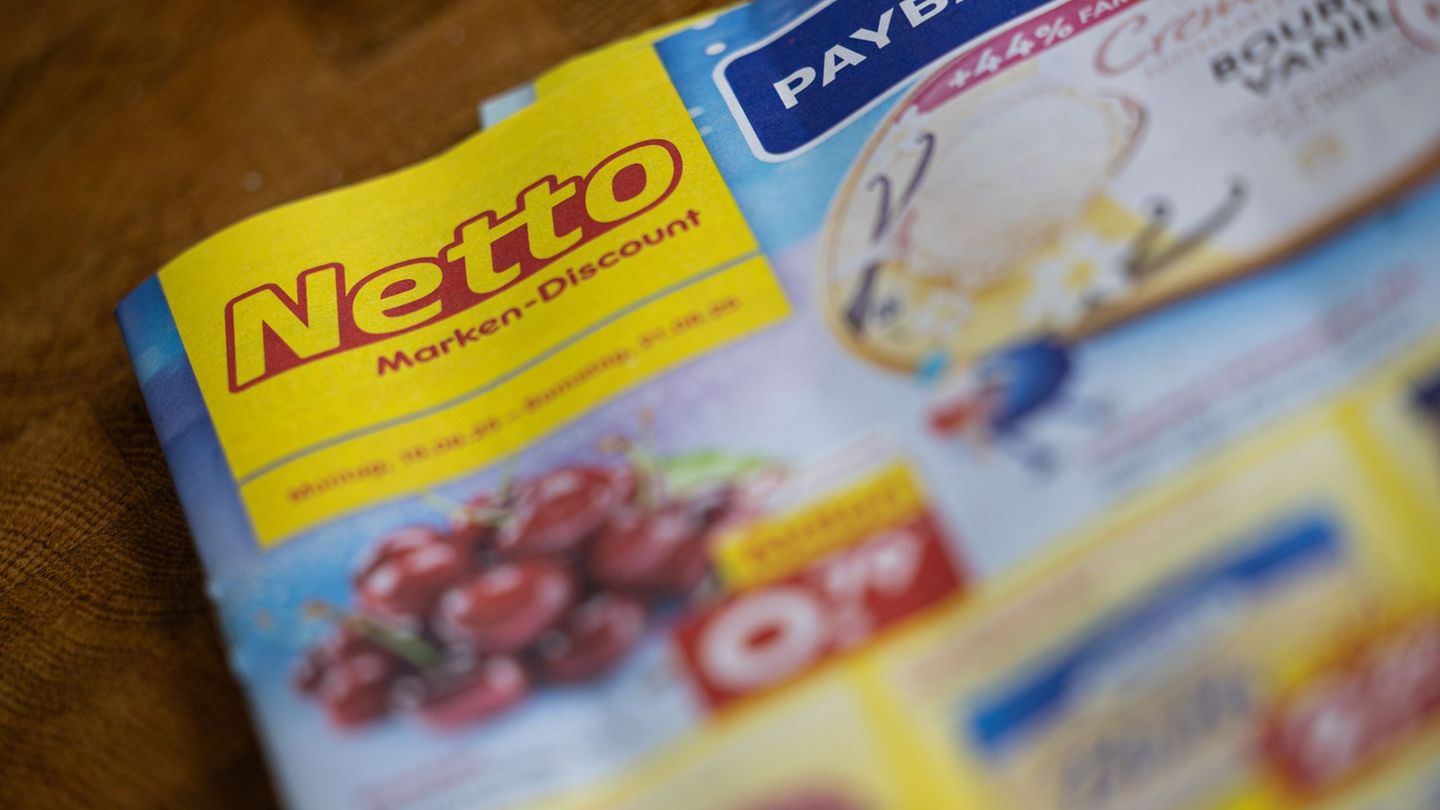In parallel, the Central Bank accompanied the acceleration of the cost of living with four rate hikes. On this point, Andrés, from F2 Financial Solutions, pointed out that the BCRA’s monetary policy failed to overcome current inflation or that projected by the market for the coming months, so it does not look attractive to place a fixed rate in pesos.
indexed placements
And he differentiated the situation of the bonds and bills tied to inflation: “They have breakevens (yield threshold) of around 6% monthly inflation for the coming months, they drop around 4% for a duration of one year. It depends how long you want to cover yourself. In the short term, if you believe that inflation will be higher, you can look for these papers”. Another indexed option is UVA fixed terms, which guarantees not to lose against price increases, although it cannot be settled before 90 days. “To look for returns, you have to take risks and look for hard dollar sovereign options, local equity or Cederas”, he pointed out.
For its part, Jorge Neiro, director of the acm consulting, He remarked that, despite the strong rise in financial dollars, “inflation-adjusted placements continue to be very competitive, taking into account the inflation rate in April, which does not seem to be below 5% and that puts a floor on it. high to the indexation of placements adjusted for inflation”. For this reason, he maintained that “what is currently convenient are bonds tied to inflation and fixed terms adjusted by CER.”
Neyro clarified that “the parallel exchange rate is going to continue adjusting because it is one more price of the economy and it will probably have upward adjustments, but conditions are not seen for it to behave above inflation.”
UVA fixed terms were chosen by investors to hedge against the acceleration of inflation. According to figures from the Central Bank, these private sector placements accumulate a nominal increase of 56% so far this year, and grew above 5% in real terms for two consecutive months.
How will the dollar continue?
National factors, such as market uncertainty about the government’s ability to meet the fiscal goal agreed with the IMF, the acceleration of inflation and the difficulty of the BCRA in accumulating reserves, had an impact on the rise in parallel prices. This was added to an international context of risk aversion and impact on emerging currencies. Those are the main factors that drove the rebound of the blue, the MEP and the CCL, according to Reschini: “In this scenario, alternatives could continue to rise, perhaps at a slower rate after this sharp adjustment.”
Source: Ambito
David William is a talented author who has made a name for himself in the world of writing. He is a professional author who writes on a wide range of topics, from general interest to opinion news. David is currently working as a writer at 24 hours worlds where he brings his unique perspective and in-depth research to his articles, making them both informative and engaging.




